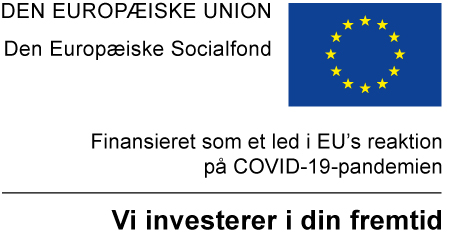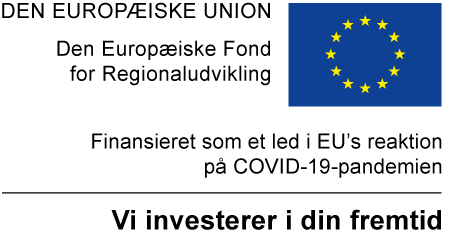Article prepared by Hanstholm Havn
Hanstholm Harbor is primarily known as a fishing port. But the green transition opens up new potentials. The port has recently expanded and in recent years has focused on business potential within green transition. Here, the focus is particularly on opportunities within CCUS, which is an abbreviation for Carbon Capture, Storage and Utilization – i.e. capture, storage and utilization of CO2.
CCUS projects can boost Hanstholm Harbour's business and create completely new business opportunities locally, where the underground near Hanstholm can be of decisive importance for the port's opportunities. This means that the Port of Hanstholm can assume a national role in large CCUS projects, where a new political agreement has just paved the way for the storage of at least 34 million tonnes of CO2 in the Danish underground.
Three areas near Hanstholm are candidates for CO2 storage
The Danish Energy Agency has designated eight areas close to the coast and on land where the potential for storing CO2 is high. The areas are under environmental assessment, and the three coastal areas 'Jammerbugt', 'Lisa' and 'Inez' are all close to Hanstholm. If storage in one or more of the three areas becomes a reality, Hanstholm Harbor is an obvious link between underground storage areas and emitters of CO2. Emitters can be anything from the combined heat and power plant in Thisted and future local biogas plants to foreign CO2 emitters, which can ship CO2 to Hanstholm on its way to underground storage.
At the Port of Hanstholm, there is no doubt that CO2 can become a major business area for the port, which is already being contacted by consortia interested in coastal CO2 storage:
- Hanstholm is ideally located for the three coastal storage areas, and on the land side we have the necessary areas for, among other things, intermediate storage of CO2 in connection with loading and unloading over the quay. There is no doubt that Hanstholm Harbor has great potential, and this is only confirmed when we are contacted by consortia who want to bid for licenses for storing CO2 in the Danish underground - and therefore have their eyes on Hanstholm, says harbor manager Søren Zohnesen.
Hanstholm as a CO2 terminal, green gas station and growth center
In the report The role of North Jutland ports in CCUS, Niras maps out which roles the ports in Hanstholm, Hirtshals, Aalborg, Skagen and Frederikshavn can play for CCUS projects. The potential in Hanstholm Harbor is threefold. This points to a role as a CO2 terminal for loading and unloading CO2, a function as a green filling station for bunkering green fuels, for example e-methanol, and a future as a green growth center for CCUS.
Locally, there is complete agreement with the potential that the report presents. Consultant in Thisted Municipality Jens Therkelsen highlights the establishment of a CO2 terminal at Hanstholm Harbor as an important first step:
- Making Hanstholm a CO2 terminal will be a decisive first step on the way to realizing other CCUS potentials. If we succeed in turning the port into a CO2 hub for loading and unloading, it will be natural to turn our attention to Hanstholm when part of the CO2 is to be put into play as a resource in, for example, PtX context. Here, the combination of local energy production and CO2 is important, which is why we work in Thisted Municipality for both onshore and offshore wind.
The necessary infrastructure is crucial to realize the CCUS potential in the North Jutland ports. Evida continuously maps the potential for CO2 infrastructure, and in Niras' report, Hanstholm is listed as a possible spot for onshore CO2 infrastructure, i.e. on the land side.
The Port of Hanstholm participates in a number of CO2 collaborations. Including the North Jutland business lighthouse CO2Vision, the CCS alliance partnership and the Marco Polo project. The latter investigates how PtX products can be used in Danish ports.
Photo: Bjarne Nørby.
The report The role of North Jutland ports in CCUS from June 2023 can can be read here.













